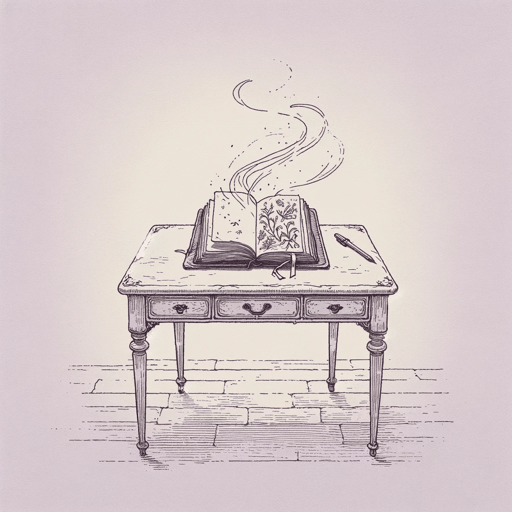38 pages • 1 hour read
Tony DiTerlizzi, Holly BlackThe Field Guide
Fiction | Novel | Middle Grade | Published in 2003A modern alternative to SparkNotes and CliffsNotes, SuperSummary offers high-quality Study Guides with detailed chapter summaries and analysis of major themes, characters, and more.
Background
Cultural Context: Faeries in Folklore
Faeries—or fairies and fae—are mythical creatures described in central- and northern-European folklore as rural beings, often human-like, sometimes invisible, who possess magical powers. They can be as large as a person or as small as a butterfly, and they possess both good-natured and troublesome personalities. Their name derives from ancient Latin and Germanic root words for fate, and from the ancient Persian stories about a similar type of creature called a Peri.
Derived partly from Celtic myths about magical woodland creatures, they are pagan symbols. Paganism is a “polytheistic or pantheistic nature-worshipping religion” (“What is Paganism?” Pagan Federation International). Polytheistic means the worship of more than one god, and pantheism is the belief that the divine inhabits everything, including nature, people, and animals. As part of pagan tradition, faeries are frowned upon by many Christian theologians and regarded either as fallen angels or half-demonic. Celtic-revival movements in recent decades have raised the profile of faeries and made them more respectable.
Because various traditions assert that faeries can be invisible, they’re sometimes thought of as the ghosts of departed people. Many inexplicable events—noises, lights, lost items, machines that suddenly stop working—are sometimes blamed on faeries; this adds to the notion that they’re mischievous or evil.
Related Titles
By these authors

Doll Bones
Holly Black
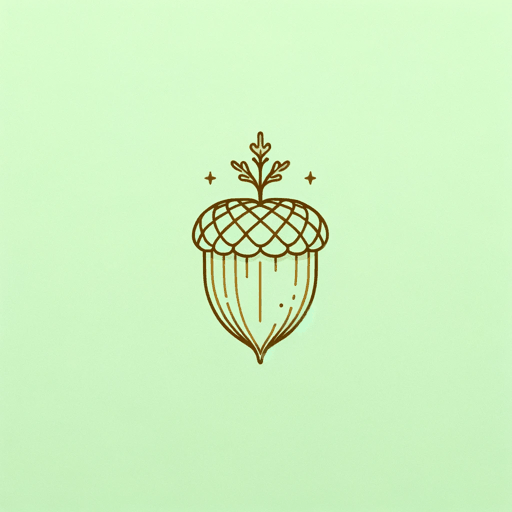
The Cruel Prince
Holly Black

The Darkest Part of The Forest
Holly Black
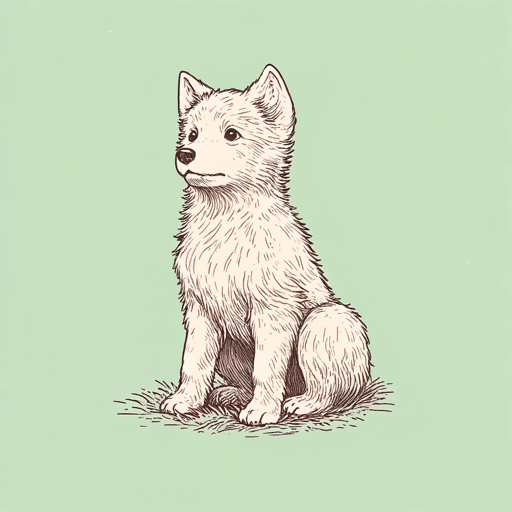
The Iron Trial
Holly Black, Cassandra Clare
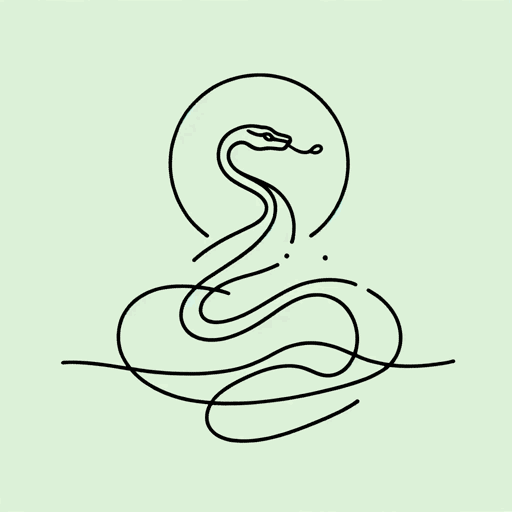
The Queen of Nothing
Holly Black
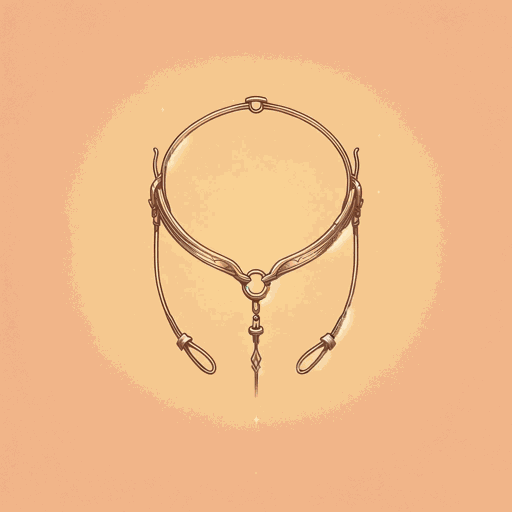
The Stolen Heir
Holly Black
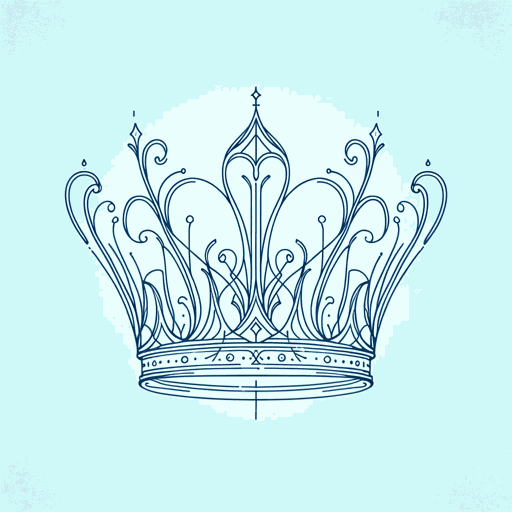
The Wicked King
Holly Black
